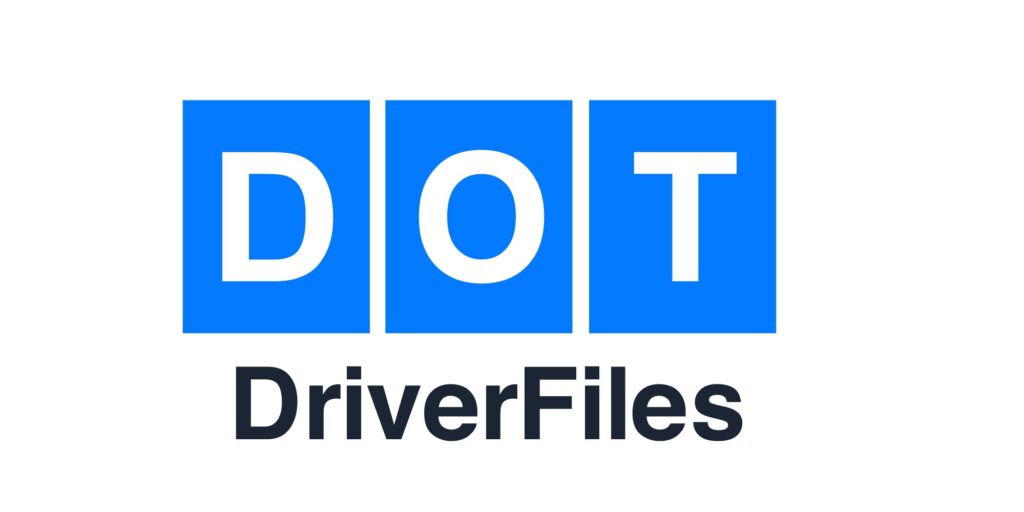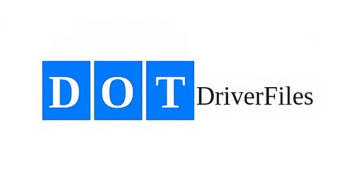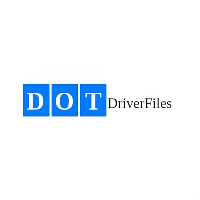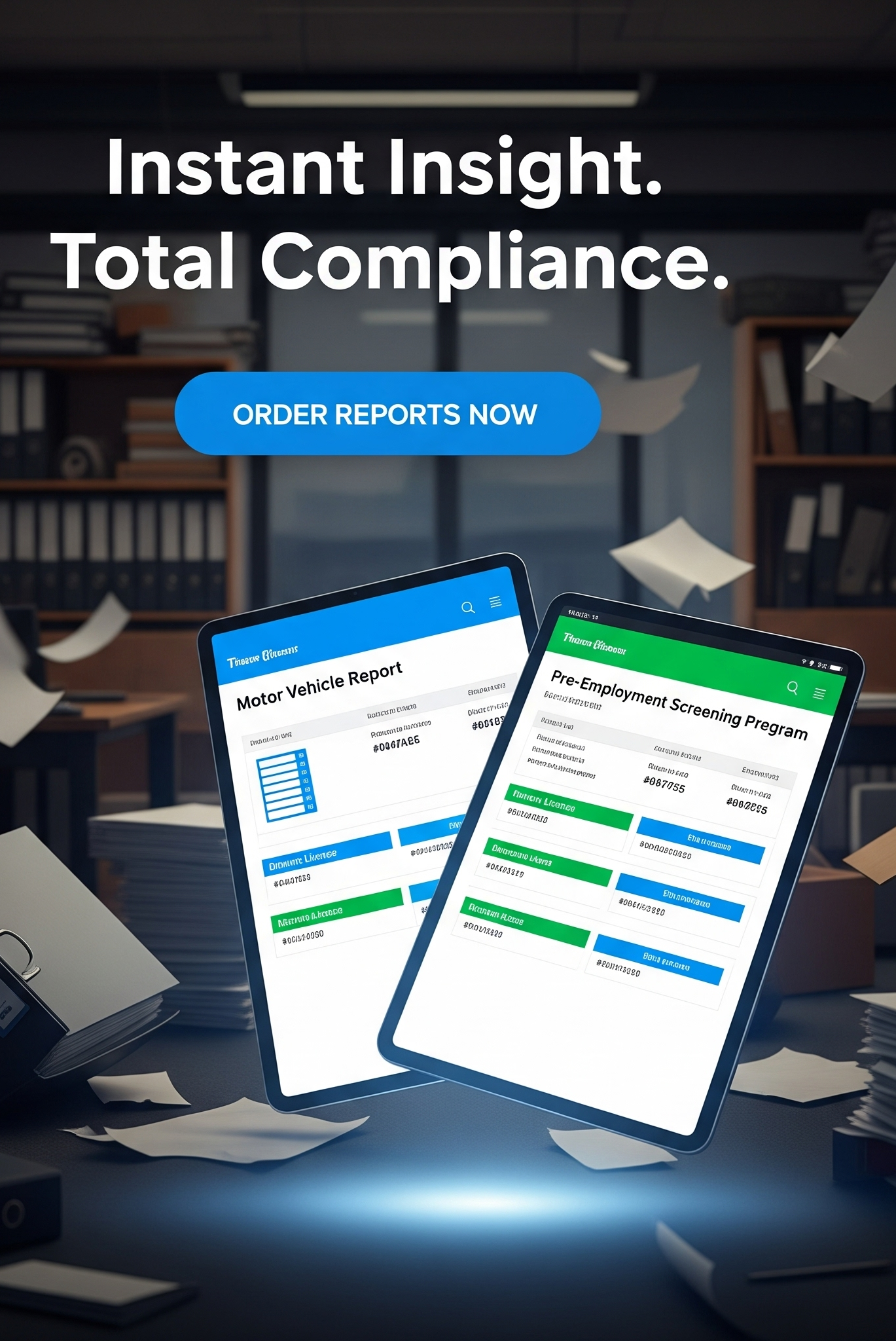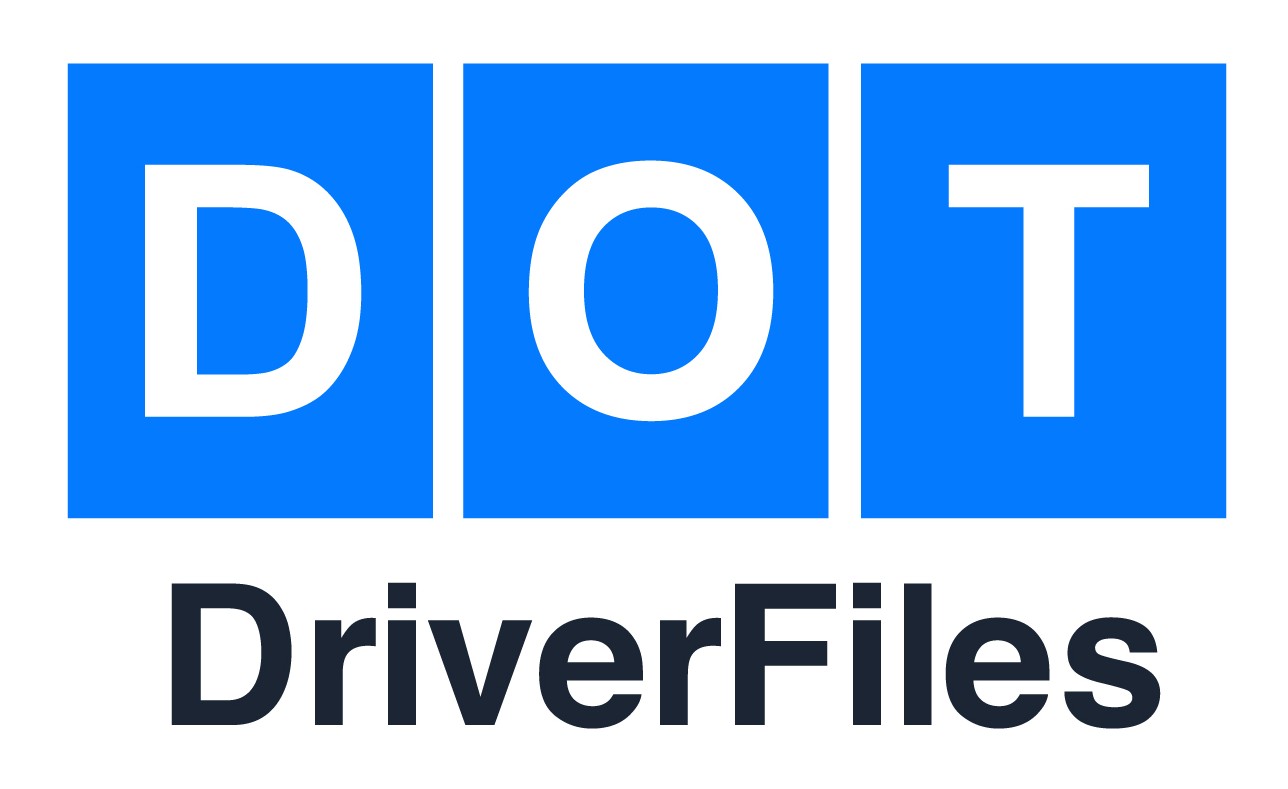Ever wondered what it takes to qualify non-CDL drivers under federal rules? It’s more complex than you might think, needing strict DOT compliance and FMCSA guidelines. Commercial motor vehicle carriers must keep detailed driver qualification files (DQFs) for non-CDL drivers. But what’s needed, and why is it important?
In the U.S., employers need DQFs for non-CDL drivers driving vehicles over 10,001 to 26,000 pounds. This includes things like the driver’s job application, their state motor vehicle record at hire, and past job checks. They also need road test certification, DOT physical exams every two years, and yearly driving record checks. With 74% of non-DOT fleets told to add a driver addendum to job apps, having the right info helps manage fleets better and follow federal rules.
Key Takeaways
- Employers must keep driver qualification files for non-CDL drivers driving vehicles between 10,001 and 26,000 pounds.
- Drivers need a DOT physical exam every two years to check their health.
- Employers should look into the driving history of non-CDL candidates for the past three years in all states they’ve been licensed within 30 days of hiring.
- Annual MVR checks are needed to make sure a driver still meets safety standards.
- Employers must get the candidate’s safety performance history from past employers for the past three years within the first 30 days of work.
- A non-CDL road test is a must before a driver can drive a commercial motor vehicle.
- Important documents, like safety history and drug and alcohol testing records, should be kept in the candidate’s DQF.
What Are Driver Qualification Files (DQFs)?
A Driver Qualification File (DQF) is a set of documents needed by the Federal Motor Carrier Safety Administration (FMCSA). It makes sure drivers, including those without a CDL, meet safety and operation standards for driving commercial vehicles.

Definition and Importance
The DQF importance is huge as a detailed record. It includes things like job applications, vehicle records, and past job checks. These files are key during FMCSA audits to prove a driver meets federal rules. New motor carriers must pass a safety audit in their first year, showing how vital a correct DQF is.
When Is A DQF Required For Non-CDL Drivers?
Non-CDL drivers need a DQF if they drive vehicles over 10,001 to 26,000 pounds, carry hazardous materials, or transport more than 8 people for pay. Also, drivers moving over 15 people, paid or not, must have one. Following the driver qualification file checklist is crucial to avoid fines and stay safe.
Essential Documents for DQFs
A good DQF should have:
- Original driver’s employment application
- State motor vehicle record (MVR) from within 30 days of hire and yearly
- Verification of past employment in the last three years
- Road test certifications or similar documents
- Medical examiner’s certificate, updated every two years
- Annual list of traffic violations
These items are key for full DQF compliance. Tools like DQMConnect by VLC can help manage and update these records. This makes recordkeeping easier and ensures all FMCSA audit preparation needs are met.
Non-CDL Driver Qualification File Essentials
Keeping a complete driver qualification file (DQF) is key for road safety and following the rules. For non-CDL drivers, you need several important documents and records.
Driver’s Employment Application
A well-filled-out employment application is the start of hiring non-CDL drivers. It must have all the details FMCSA rules ask for. This includes a full 10-year driving history and any traffic issues or violations. The application needs to be updated every year to meet safe driver criteria.
State Motor Vehicle Record (MVR) at Time of Hire
Getting a state MVR at hire time is crucial. It checks the driver’s driving records for the past three years. This makes sure the driver follows traffic laws and hasn’t had issues with alcohol or drugs, keeping them in line with the non-CDL driver hiring process.
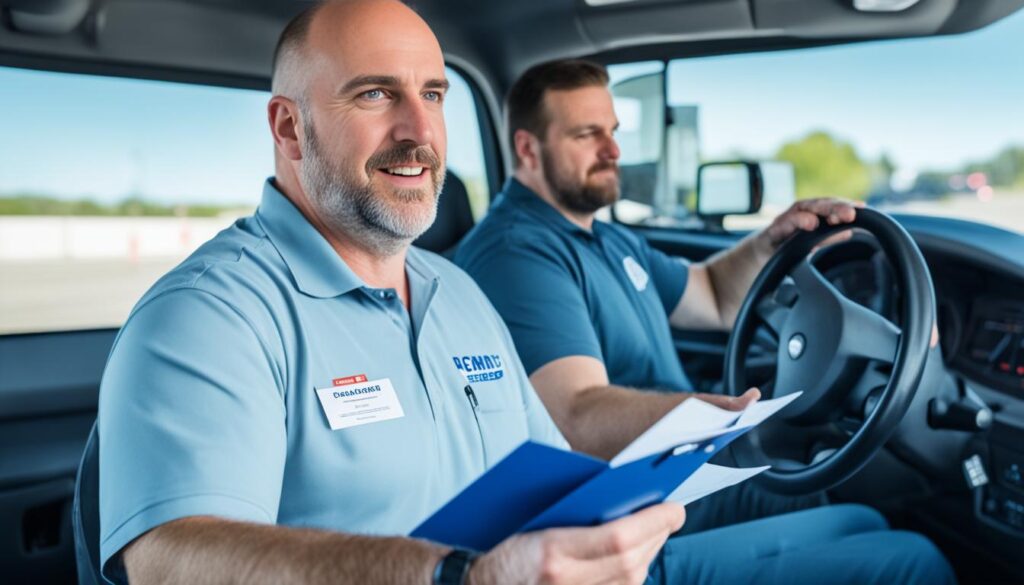
Verification of Past Employment
Checking a driver’s past DOT-regulated jobs is key for employment verification. You need to look into their accident history and how they performed. This helps judge if they can do the job safely. These records must be up to date and checked every year to follow safety and rule standards.
How to Create a Driver Qualification File
Creating a driver qualification file (DQF) is key for fleet compliance and keeping accurate driver records. This guide offers tips on how to create driver qualification file, organizing DQFs, and using third-party DQF services for better efficiency.
Step-by-Step Guide
Creating a DQF requires several steps to gather and keep all needed documents:
- Start with the driver’s job application, making sure it lists their work history for three years for non-CDL drivers and ten years for CDL drivers.
- Get the driver’s Motor Vehicle Record (MVR) from the state at hire time and update it yearly.
- Check past jobs by contacting past employers within 30 days and keep these records for three years after leaving the job.
- Add the driver’s Medical Examiner’s Certificate, which needs renewal every two years or as the examiner says.
- Do and keep records of road test certifications.
- Make sure to ask about previous drug and alcohol tests as needed by 49 CFR 391.23(e).
- Keep an eye on safety performance records, including yearly lists of violations and updated MVRs.
Tips for Organizing and Managing DQFs
Good DQF management means organizing well to stay compliant and find things easily:
- Use a checklist to check all needed documents are there and current.
- Do regular checks to make sure you’re following the rules, fixing any issues quickly.
- Put files in order, like by date or type, to make them easy to find and check.
- Consider digital storage to keep records safe and easy to get to, while saving space.
Using Third-Party Services for Efficiency
Using third-party DQF services can make things easier and more accurate:
- These services can quickly get and check MVRs, job history, and make sure drug and alcohol tests are done right.
- They offer solutions for fleets of any size, making sure everything is in order.
- Getting help from outside experts can cut down on paperwork and make following the rules easier.
By following these tips and using the right resources, companies can make strong DQFs. These support their work and follow the law.
Understanding DOT and FMCSA Regulations
For companies with commercial vehicles, following DOT and FMCSA rules is key. These rules help keep vehicles safe and make sure drivers are qualified. This helps avoid fines and keeps operations smooth.
At the heart of these rules is Section 391.51 of the federal motor carrier safety regulations. It says a detailed Driver Qualification File (DQF) is needed. This file must have important papers like job applications, State Motor Vehicle Records (MVRs), and safety records from past jobs.
It also needs medical exams and certifications, and records of road tests after April 29, 1992. These documents are vital for checking a driver’s safety history.
DOT and FMCSA also have strict rules on drug and alcohol tests. These include tests before hiring, at random, and after accidents. Companies must also mark commercial motor vehicles (CMVs) correctly, as per § 390.21. Keeping accurate records is also a must, ready for audits anytime. Knowing and following these DOT driver file requirements and FMCSA driver qualification file rules is crucial for safety and keeping operations running smoothly.
